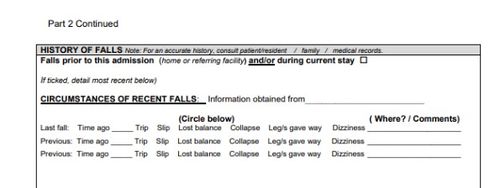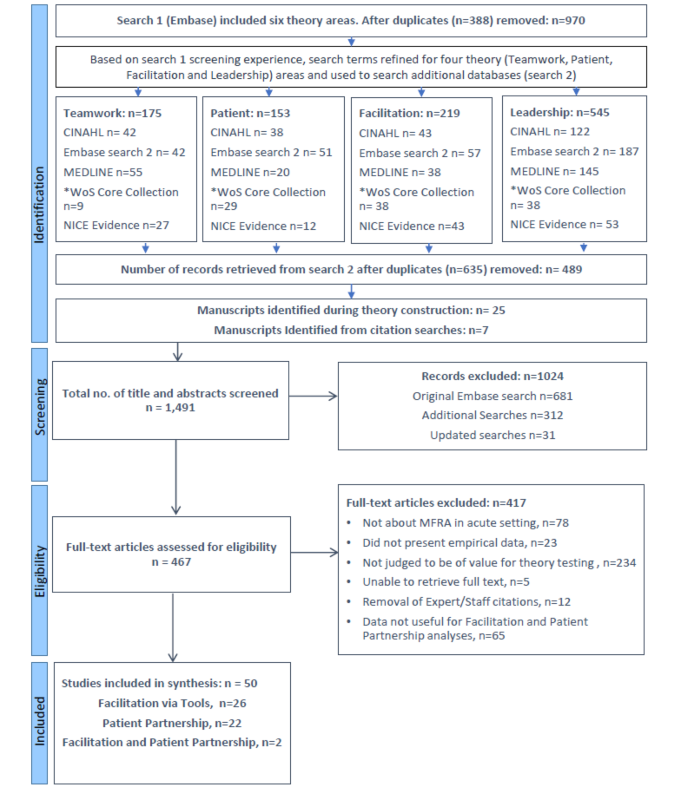The Best Guide To Dementia Fall Risk
Table of ContentsSee This Report on Dementia Fall RiskThe Only Guide for Dementia Fall RiskUnknown Facts About Dementia Fall RiskFascination About Dementia Fall Risk
A loss danger evaluation checks to see exactly how likely it is that you will drop. It is primarily done for older adults. The assessment generally consists of: This includes a series of questions about your total health and wellness and if you've had previous drops or issues with equilibrium, standing, and/or strolling. These tools evaluate your toughness, equilibrium, and stride (the method you walk).Interventions are suggestions that might lower your risk of falling. STEADI consists of 3 steps: you for your danger of dropping for your threat elements that can be enhanced to attempt to protect against falls (for example, balance troubles, damaged vision) to reduce your risk of falling by making use of effective methods (for instance, giving education and resources), you may be asked several concerns consisting of: Have you dropped in the previous year? Are you fretted regarding dropping?
If it takes you 12 secs or even more, it may imply you are at higher risk for a fall. This examination checks toughness and equilibrium.
The placements will certainly get more challenging as you go. Stand with your feet side-by-side. Move one foot halfway onward, so the instep is touching the large toe of your various other foot. Move one foot fully before the various other, so the toes are touching the heel of your various other foot.
Little Known Questions About Dementia Fall Risk.
A lot of falls occur as an outcome of multiple contributing variables; for that reason, managing the danger of falling starts with identifying the aspects that add to fall danger - Dementia Fall Risk. Several of the most appropriate threat factors include: Background of previous fallsChronic clinical conditionsAcute illnessImpaired stride and equilibrium, reduced extremity weaknessCognitive impairmentChanges in visionCertain high-risk drugs and polypharmacyEnvironmental aspects can additionally enhance the danger for drops, including: Inadequate lightingUneven or damaged flooringWet or unsafe floorsMissing or harmed hand rails and grab barsDamaged or improperly fitted devices, such as beds, mobility devices, or walkersImproper usage of assistive devicesInadequate guidance of the individuals living in the NF, including those who display hostile behaviorsA effective loss threat management program requires a detailed medical evaluation, with input from all members of the interdisciplinary team

The care plan ought to also include interventions that are system-based, such as those that promote a safe environment (appropriate lighting, handrails, grab bars, and so on). The performance of the treatments ought to be assessed periodically, and the care strategy changed as needed to show modifications in the autumn risk assessment. Implementing a loss threat administration system utilizing evidence-based best practice can lower the prevalence of falls in the NF, while restricting the capacity for fall-related injuries.
The Only Guide to Dementia Fall Risk
The AGS/BGS guideline suggests screening all adults aged 65 years and older for autumn risk every year. This screening contains asking people whether they have dropped 2 or more times in the previous year or looked for medical focus for a fall, or, if they have actually not fallen, whether they feel unstable when walking.
People that have dropped as soon as without injury ought to have their equilibrium and gait examined; those with gait or equilibrium problems ought to obtain additional evaluation. A background of 1 fall without injury and without gait or equilibrium problems does not call for more assessment past continued annual go now autumn threat testing. Dementia Fall Risk. A loss danger assessment is needed as component of the Welcome to Medicare examination

What Does Dementia Fall Risk Mean?
Recording a falls history is among the quality signs for autumn prevention and administration. An important component of danger evaluation is a medication review. Numerous classes of drugs raise loss danger (Table 2). copyright medicines particularly are independent predictors of falls. These click here to find out more drugs tend to be sedating, change the sensorium, and hinder balance and stride.
Postural hypotension can commonly be relieved by minimizing the dosage of blood pressurelowering medications and/or quiting medications that have orthostatic hypotension as an adverse effects. Use above-the-knee support tube and copulating the head of the bed elevated might likewise reduce postural decreases in high blood pressure. The preferred aspects of a fall-focused checkup are received Box 1.

A pull time better than or equal to 12 secs suggests high fall danger. The 30-Second Chair Stand examination go right here examines reduced extremity stamina and balance. Being not able to stand up from a chair of knee elevation without utilizing one's arms indicates boosted fall threat. The 4-Stage Balance examination evaluates static balance by having the client stand in 4 placements, each progressively a lot more challenging.
Comments on “The 10-Minute Rule for Dementia Fall Risk”